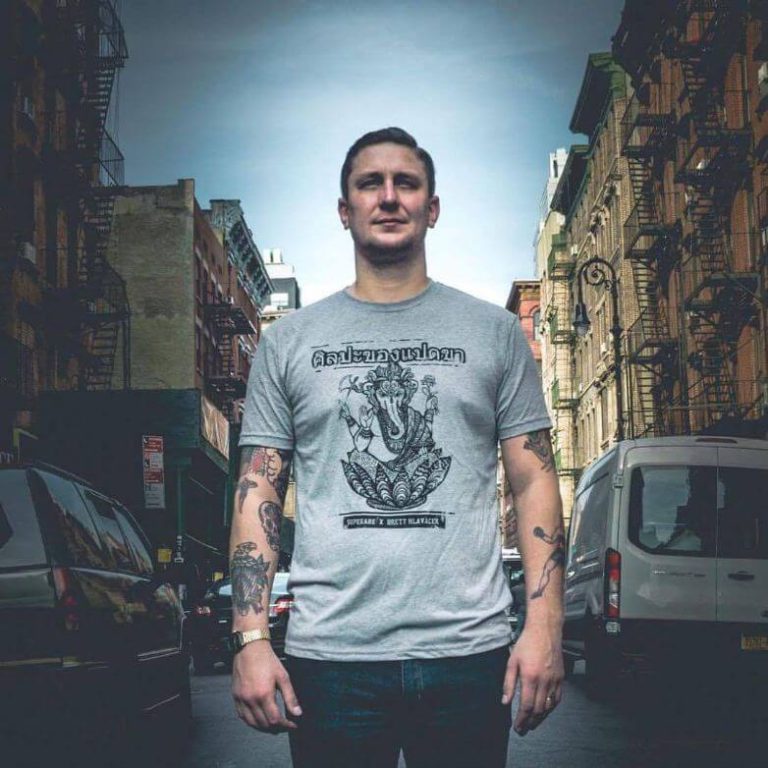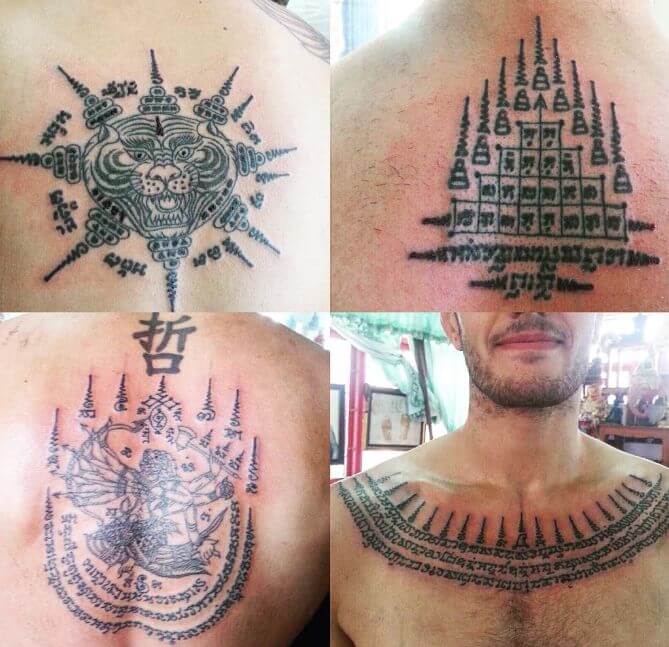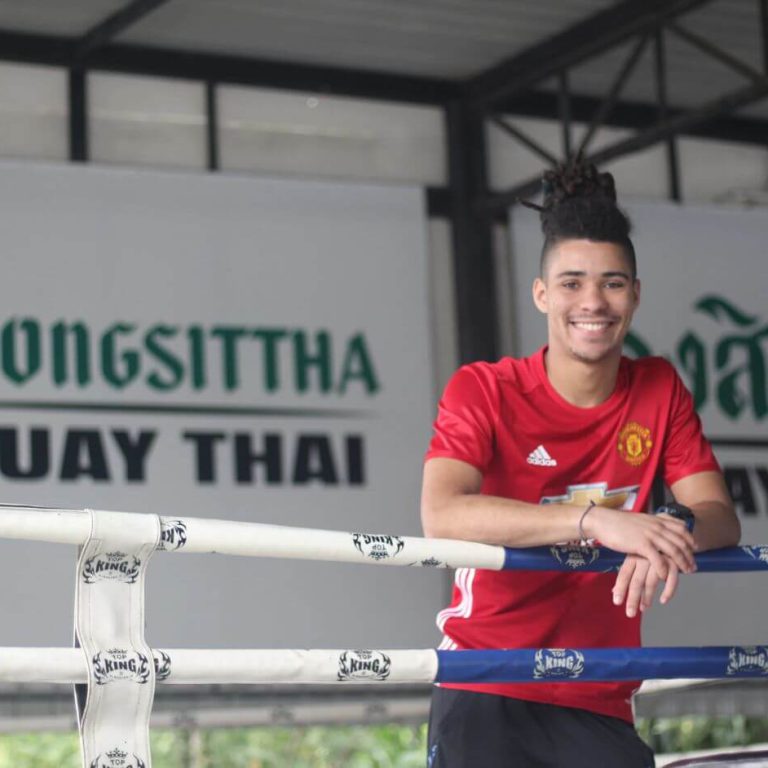Sak Yant: The Sacred Tattoos of Thailand and Their Connection to Muay Thai
In Thailand, tattoos are more than body art; they are part of a deeply rooted spiritual and cultural tradition.
One of Thailand’s most mysterious forms of tattooing is known as Sak Yant, an ancient practice passed down for centuries by monks and spiritual masters. Seen etched into the skin of warriors, fighters, and spiritual devotees, these sacred tattoos carry powerful meanings and mystical significance.
What Is Sak Yant?
The term Sak Yant breaks down into two words:
“Sak” means “to tattoo.”
“Yant” comes from the Sanskrit word “Yantra,” referring to a geometric or symbolic design imbued with mystical power.
Together, Sak Yant represents the ancient art of sacred tattooing, which is believed to provide protection, blessings, strength, and spiritual power. It is deeply intertwined with Buddhist and animist beliefs, and the practice is still performed by Ajarns (respected tattoo masters) and Buddhist monks across Thailand.
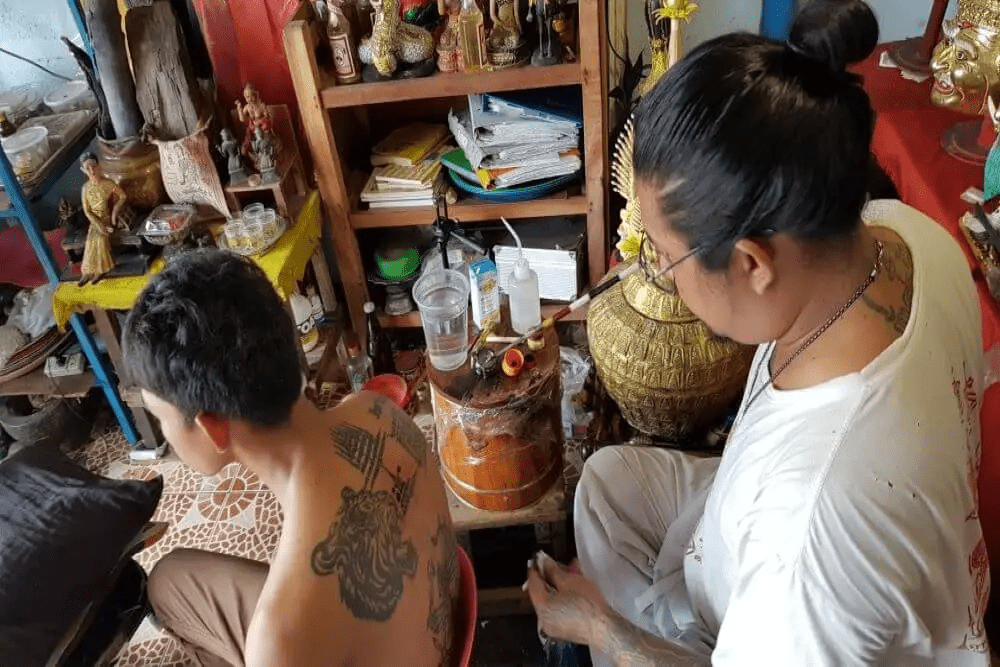
The Origins and Significance of Sak Yant
Sak Yant dates back 2,000 years to the Khmer Empire and later spread throughout Southeast Asia. The tradition is especially revered in Thailand and has become an integral part of warrior culture, particularly among Muay Thai fighters and soldiers.
It is said that Thai warriors and soldiers wore these tattoos for protection in battle. Legends claim that Sak Yant tattoos granted warriors the power of invisibility, superhuman speed, invulnerability, and spiritual strength. One enduring tale tells of Thai “ghost soldiers” who were never seen by invaders, thanks to the mystical power of their Sak Yant tattoos.
Today, many Muay Thai fighters wear Sak Yant as spiritual armor, believing it brings courage, focus, and resilience in the ring.
The Role of the Ajarn
Sak Yant must be performed by an Ajarn, a traditional master trained in the practice’s spiritual and technical aspects. This is not your average tattoo artist. Ajarns are typically former monks or individuals deeply steeped in Buddhist and animist teachings, who often live secluded, disciplined lives.
Before receiving a Sak Yant, it’s customary for the recipient to bring offerings to the Ajarn—such as flowers, incense, candles, or cigarettes—as a sign of respect.
The session often includes a blessing ceremony and a spiritual consultation, during which the Ajarn may choose a design that suits the recipient’s energy, intentions, or life path.
How Are Sak Yant Tattoos Applied?
Sak Yant is applied by hand using a long metal rod or bamboo stick, known as a “khem sak”. The rod is dipped in ink and then rapidly tapped into the skin with pinpoint accuracy.
While the process can be painful, it’s considered part of the ritual and test of devotion.
The ink itself is unique and often shrouded in secrecy. Different Ajarns use different ingredients, which may include:
Charcoal or ash from sacred objects
Herbal oils or plant extracts
Snake venom or other mystical ingredients
Even drops of the Ajarn’s own blood in rare cases
This sacred ink is believed to carry magical properties—but only if applied by a true Ajarn.
A Sak Yant performed by someone without proper lineage and spiritual authority is considered powerless and potentially offensive.
Warnings About Fake Sak Yant
Because of its growing popularity with tourists, Sak Yant has unfortunately become commercialized in some places. It’s essential to understand that:
Getting a Sak Yant from a non-Ajarn tattoo artist may be culturally disrespectful.
Without the proper ritual and blessing, the tattoo is not “active” and holds no spiritual power.
Misuse of sacred symbols has led to backlash from Thai authorities. In some cases, people have even faced legal issues for displaying sacred tattoos inappropriately.
If you’re genuinely interested in Sak Yant’s spiritual and cultural significance, always seek out a legitimate Ajarn and approach the tradition with respect.
Sak Yant and Muay Thai: A Powerful Connection
Muay Thai and Sak Yant are closely linked. Fighters often receive these tattoos for protection in the ring, mental clarity, and enhanced focus. Specific Yant designs are believed to give the wearer attributes like speed, power, fearlessness, or even physical invincibility (in a symbolic sense).
At traditional Muay Thai gyms in Thailand, you’ll often see trainers and fighters with sacred designs across their shoulders, backs, and arms, each carrying personal and spiritual significance.
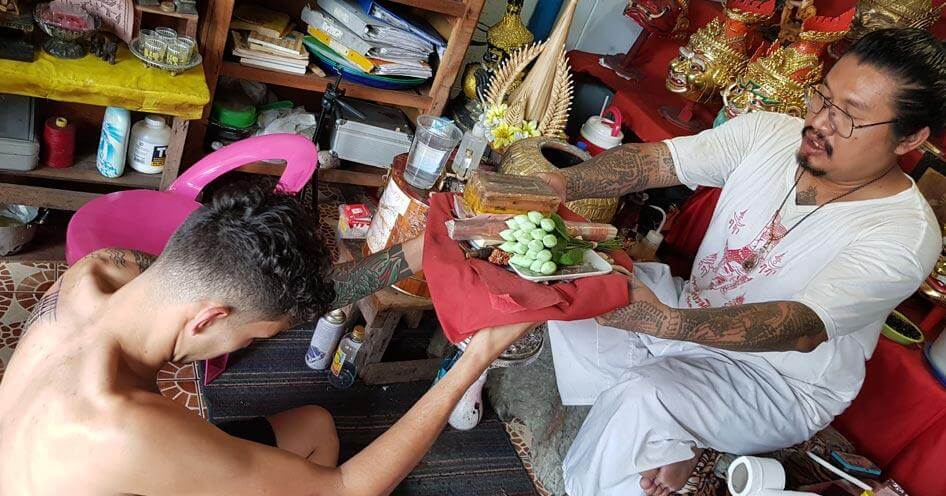
Planning to Get a Sak Yant in Thailand?
If you’re visiting Khongsittha Muay Thai, our team can help you arrange a private Sak Yant session with a real Ajarn who has practiced this sacred art for years. The experience is respectful, immersive, and rooted in Thailand’s true spiritual traditions.
Important to note:
If you’re training Muay Thai at the same time, we recommend planning your tattoo session at the end of your camp. Sak Yant tattoos need time to heal, and you’ll need to avoid sweating, sparring, and contact training for a few days to reduce the risk of infection.
Final Thoughts
Sak Yant is more than a tattoo; it’s a spiritual commitment, a cultural rite, and a sacred blessing.
Whether you’re drawn to it for protection, power, or a deeper connection to Thai culture, it’s essential to approach the process with reverence and understanding. Our trainers can guide you through this process from start to finish.

